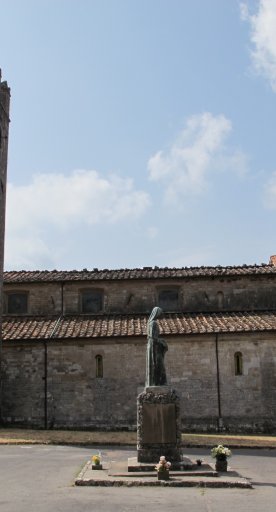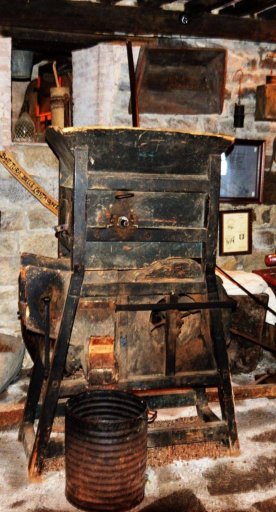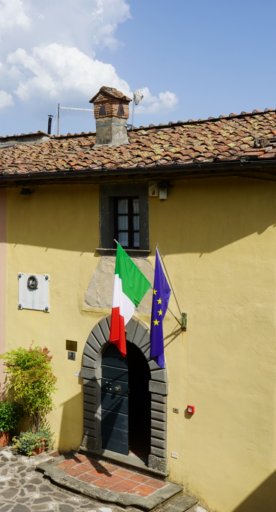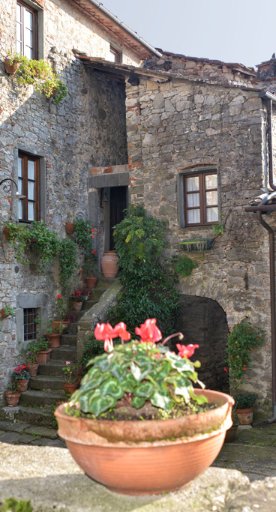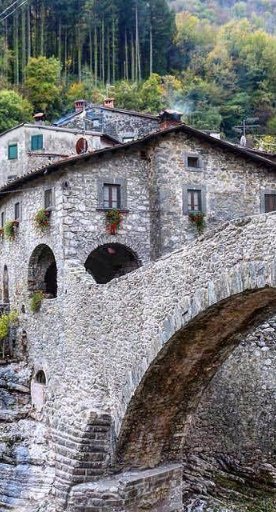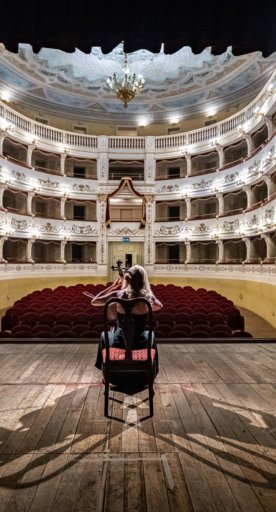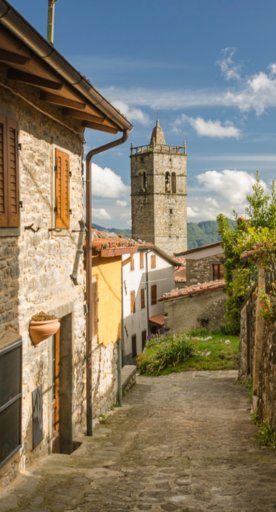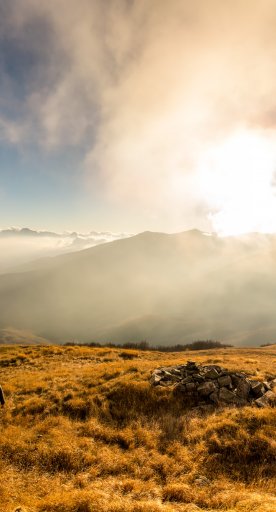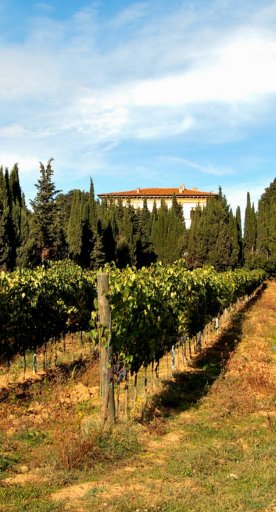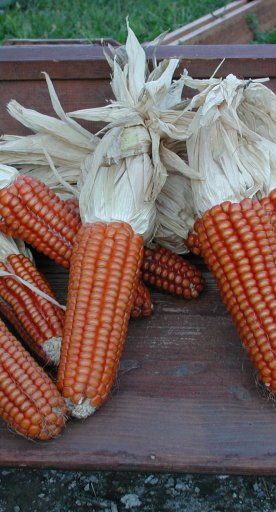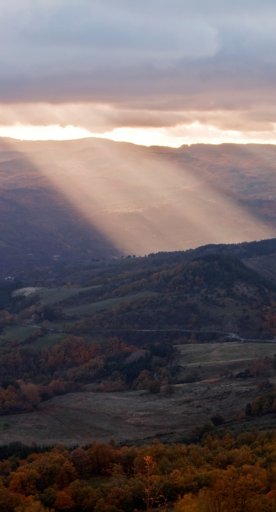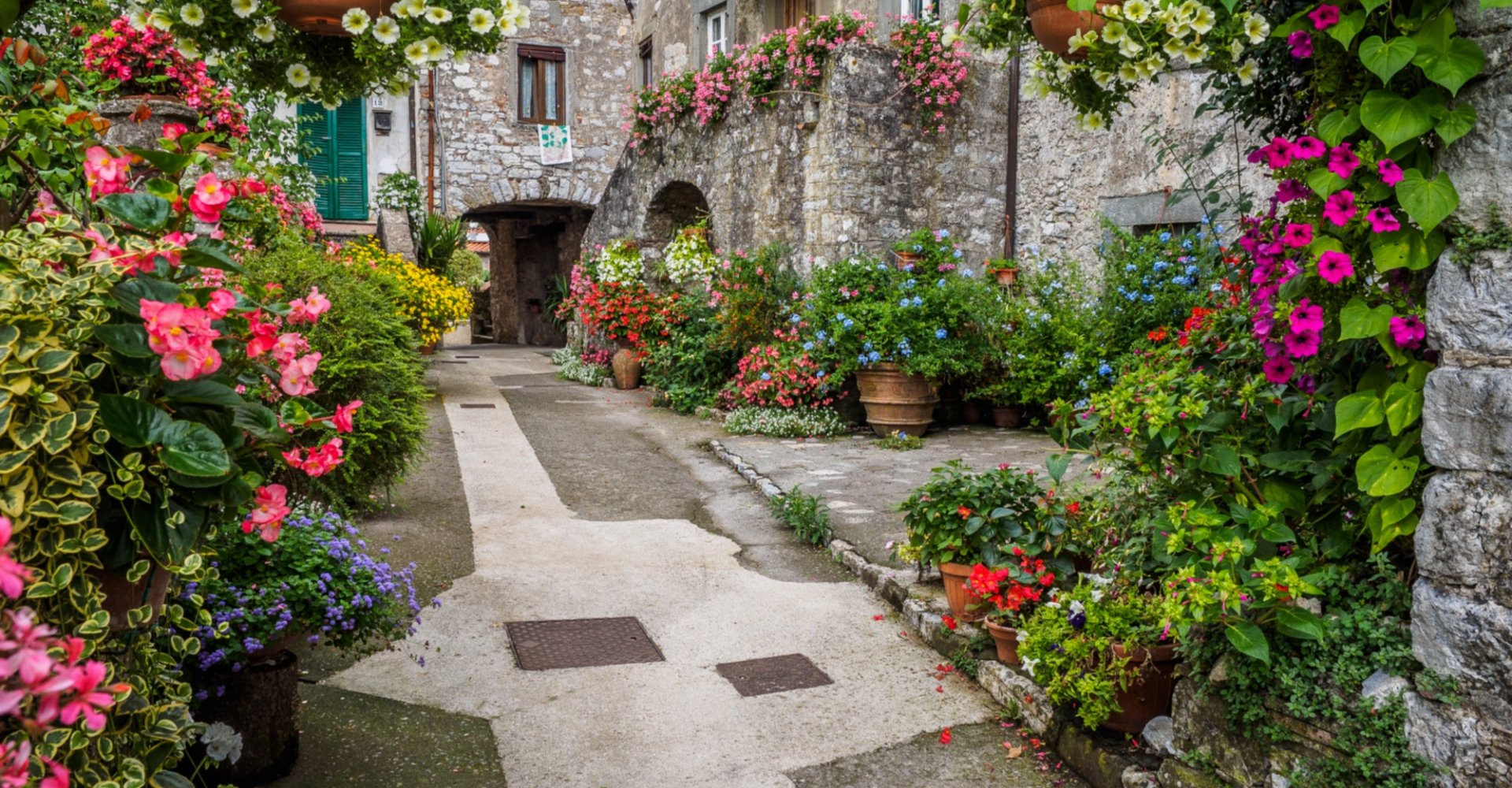
Pescaglia
A land of forests and famous characters, on the slopes of the Apuan Alps
Pescaglia is a little village that juts out on a spur of the Apuan Alps, in the Serchio valley. Its surroundings are a boon to explorers, endlessly full of emotions and excitement. Famous historical personages, such as composers Giacomo Puccini and Alfredo Catalani, were bewitched by the area, to the extent that, when holidaying here in summer, they would find musical inspiration among its natural soundscape.
The woods and the river are the principal elements in the life of the town and its surrounding hamlets. The Pescaglia area has always enjoyed a unshakeable bond with its natural environs, as is proven by the Chestnut Museum in the hamlet of Colognora and the traditional activities that survive at the mills of Menicone.
What to see in Pescaglia
The Chestnut Museum is a shrine to the tree that has nourished the inhabitants of this area for centuries. It preserves the story of the work of the woodland, the gathering and milling of chestnuts; but it also marks the first step of an itinerary that starts in the town and takes visitors on a trip to the chestnut dryers.
The seventeenth-century Menicone mill represents the last mill of its kind to remain in Pescaglia, but it safeguards part of the working culture of yesteryear. From the eighteenth century onwards, it has been the same hydraulic power from the same watercourse that has pumped the bellows in the Galgani ironworks.
Pescaglia’s curiosities do not finish here. Indeed, the village proves that the tiniest thing can sometimes be the grandest. We are talking about the Teatro di Vetriano, commonly known as La Bomboniera. With its fifty square metres of ground seating, the Vetriano has entered the Guiness Book of World Records as the smallest public theatre in the world.
The Chestnut Museum is a shrine to the tree that has nourished the inhabitants of this area for centuries. It preserves the story of the work of the woodland, the gathering and milling of chestnuts; but it also marks the first step of an itinerary that starts in the town and takes visitors on a trip to the chestnut dryers.
The seventeenth-century Menicone mill represents the last mill of its kind to remain in Pescaglia, but it safeguards part of the working culture of yesteryear. From the eighteenth century onwards, it has been the same hydraulic power from the same watercourse that has pumped the bellows in the Galgani ironworks.
Pescaglia’s curiosities do not finish here. Indeed, the village proves that the tiniest thing can sometimes be the grandest. We are talking about the Teatro di Vetriano, commonly known as La Bomboniera. With its fifty square metres of ground seating, the Vetriano has entered the Guiness Book of World Records as the smallest public theatre in the world.
Nearby
The Garfagnana and the Mid Serchio Valley is a fascinating area, thick with chestnut woods, dotted with ancient hilltowns and full of breathtaking panoramas.
Castelnuovo di Garfagnana is without doubt one of the main villages in the area, thanks to its famous eleventh-century fortress and its sixteenth-century cathedral, dedicated to San Pietro and San Paolo and built on the ruins of a Romanesque church. Barga is also notable as the adopted home of poet Giovanni Pascoli and is a fixture in the list of Italy’s most beautiful medieval towns.
Heading down the valley towards Lucca, you should visit Borgo a Mozzano, a village made famous by its bizarre Ponte della Maddalena, also know as the Devil’s Bridge. According to legend, the bridge was built by San Giuliano, with the devil’s personal assistance.
The Garfagnana and the Mid Serchio Valley is a fascinating area, thick with chestnut woods, dotted with ancient hilltowns and full of breathtaking panoramas.
Castelnuovo di Garfagnana is without doubt one of the main villages in the area, thanks to its famous eleventh-century fortress and its sixteenth-century cathedral, dedicated to San Pietro and San Paolo and built on the ruins of a Romanesque church. Barga is also notable as the adopted home of poet Giovanni Pascoli and is a fixture in the list of Italy’s most beautiful medieval towns.
Heading down the valley towards Lucca, you should visit Borgo a Mozzano, a village made famous by its bizarre Ponte della Maddalena, also know as the Devil’s Bridge. According to legend, the bridge was built by San Giuliano, with the devil’s personal assistance.
Events
On the first Sunday of October, the hamlet of Piegaio puts on the Pumpkin Festival. Besides the celebrated squash, this event also showcases traditional crafts and a wide range of local cuisine.
Around the same time, the hamlet of Colognora di Pescaglia hosts the Mondine nel Borgo Antico, an event in praise of chestnuts, chestnutty products, and indeed the entire local farming culture.
In November, Fiano sets the stage for the Fiano nel mondo delle fiabe, a festival for the young ones full of markets and a magical atmosphere.
On the first Sunday of October, the hamlet of Piegaio puts on the Pumpkin Festival. Besides the celebrated squash, this event also showcases traditional crafts and a wide range of local cuisine.
Around the same time, the hamlet of Colognora di Pescaglia hosts the Mondine nel Borgo Antico, an event in praise of chestnuts, chestnutty products, and indeed the entire local farming culture.
In November, Fiano sets the stage for the Fiano nel mondo delle fiabe, a festival for the young ones full of markets and a magical atmosphere.
Typical Produce
The Serchio valley, which is bordered by the city of Lucca to the south and the Garfagnana to the north, is positively bursting with culinary splendours.
This is the home of Biroldo, a type of blood sausage made with pork and various spices.
Potato bread, slow-cooked over wood, goes well with Bazzone prosciutto, which is uniquely long in form.
Two types of trout also have a place among typical local dishes: these are respectively called fario and iridea.
The Serchio valley, which is bordered by the city of Lucca to the south and the Garfagnana to the north, is positively bursting with culinary splendours.
This is the home of Biroldo, a type of blood sausage made with pork and various spices.
Potato bread, slow-cooked over wood, goes well with Bazzone prosciutto, which is uniquely long in form.
Two types of trout also have a place among typical local dishes: these are respectively called fario and iridea.

